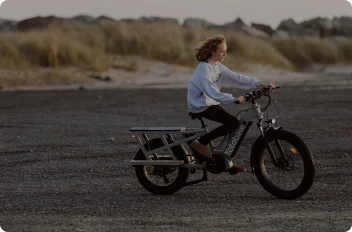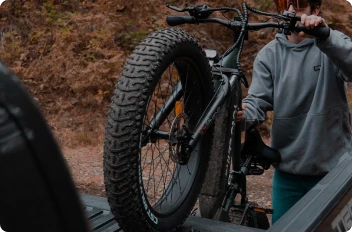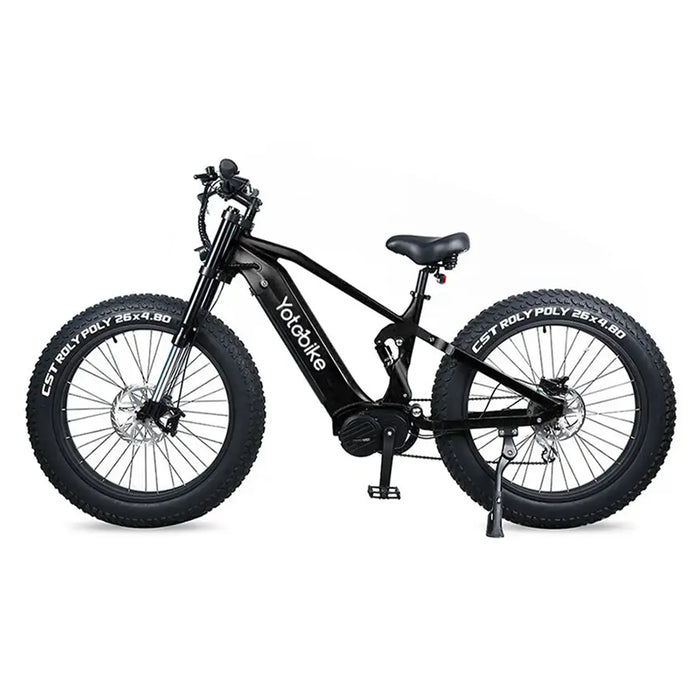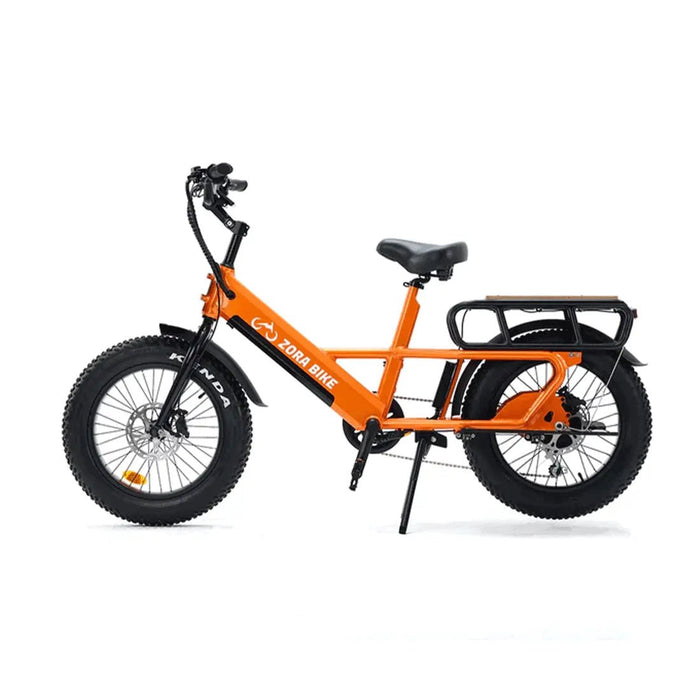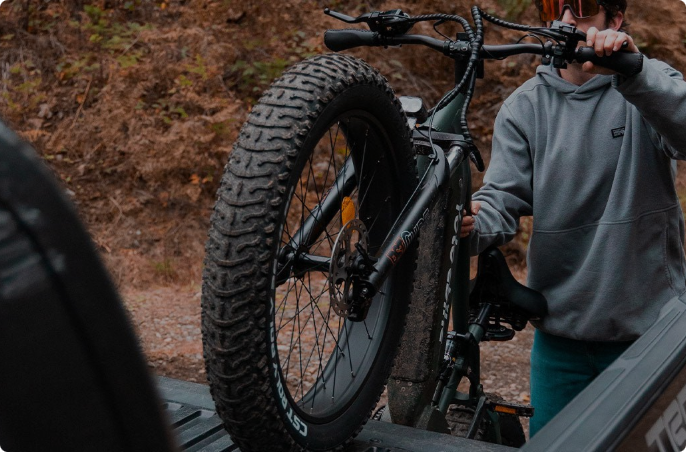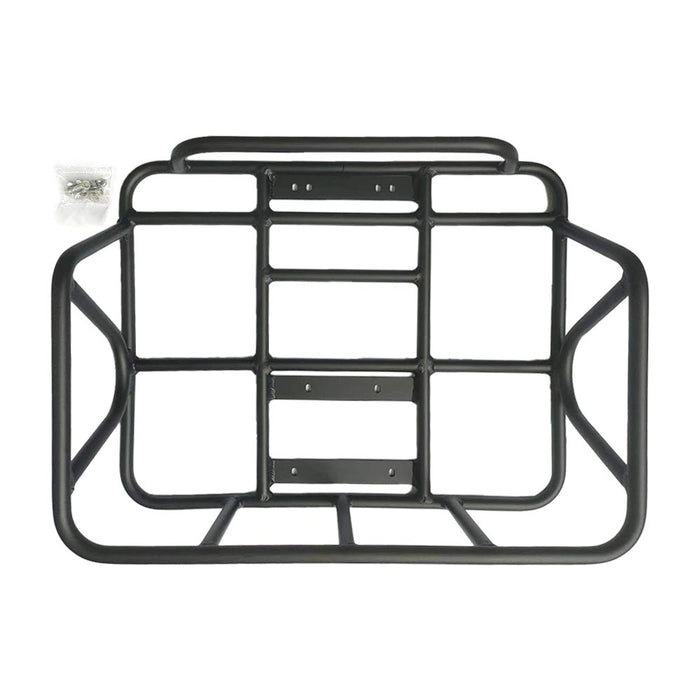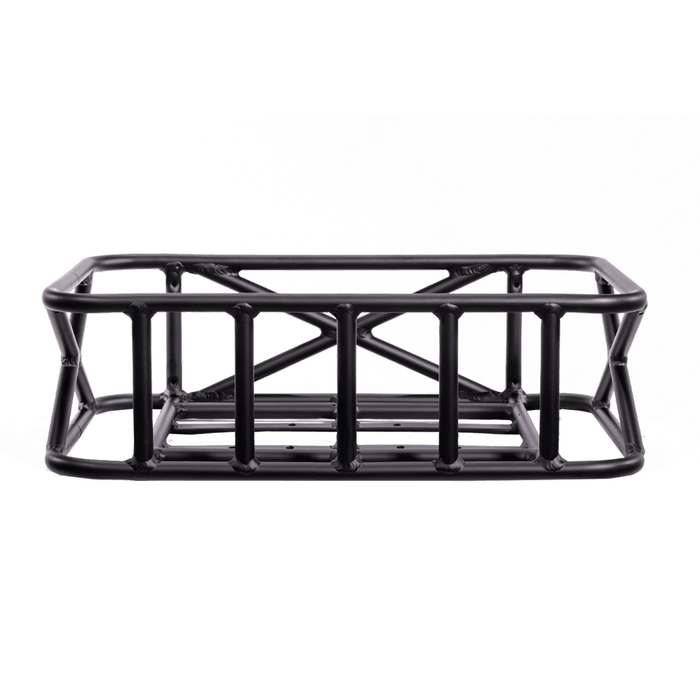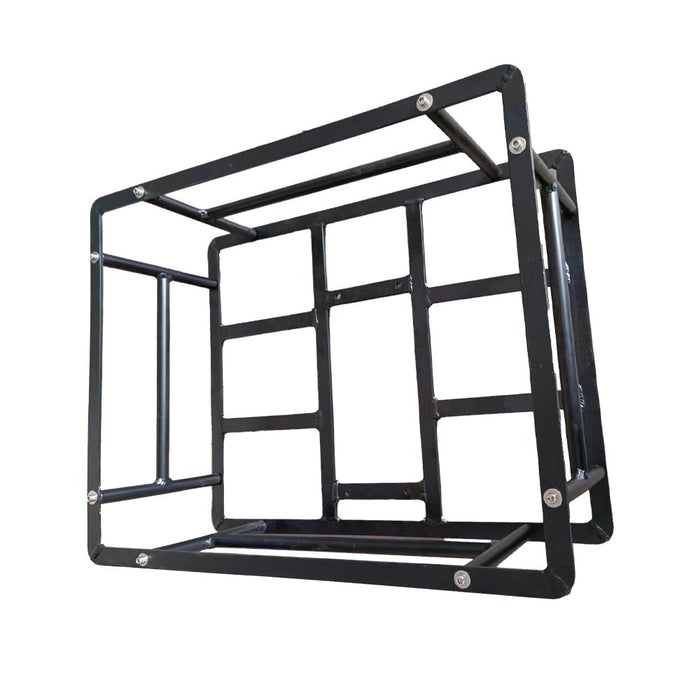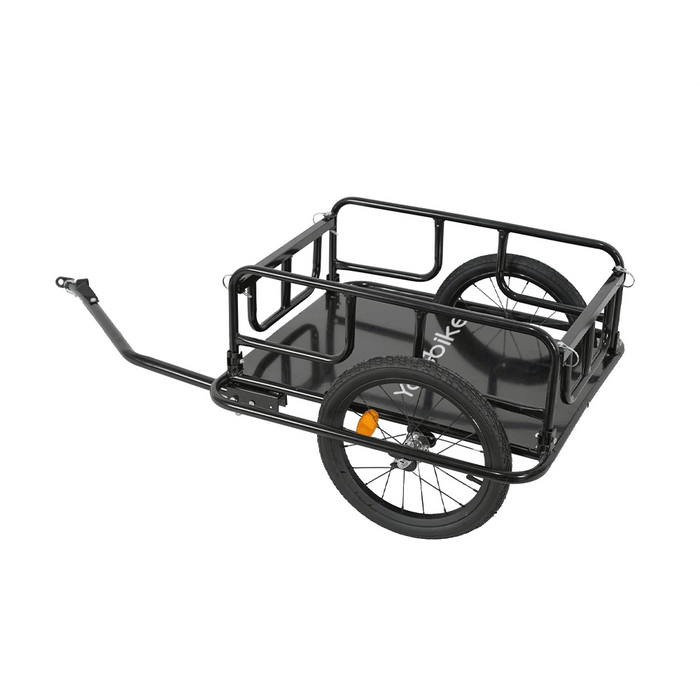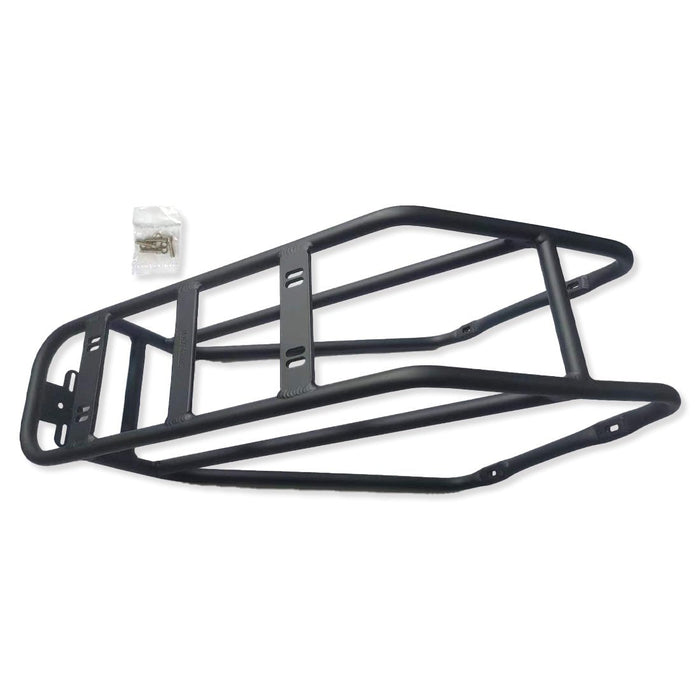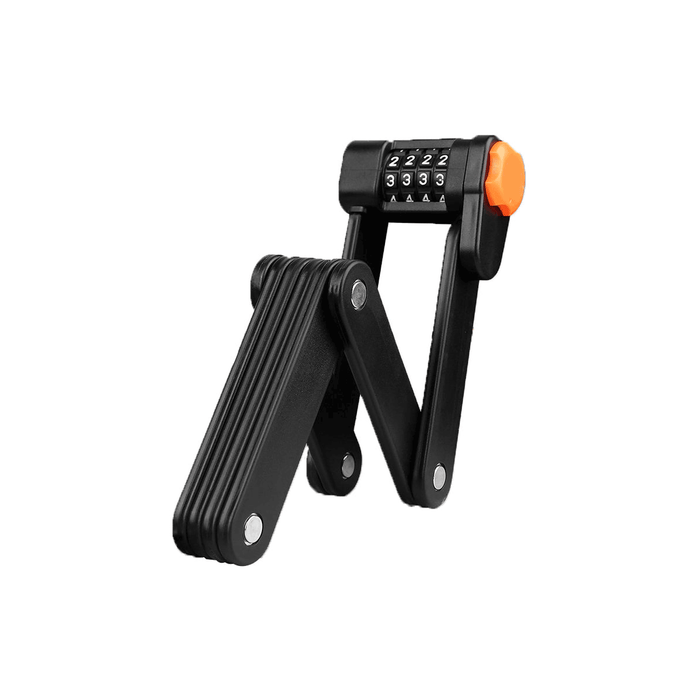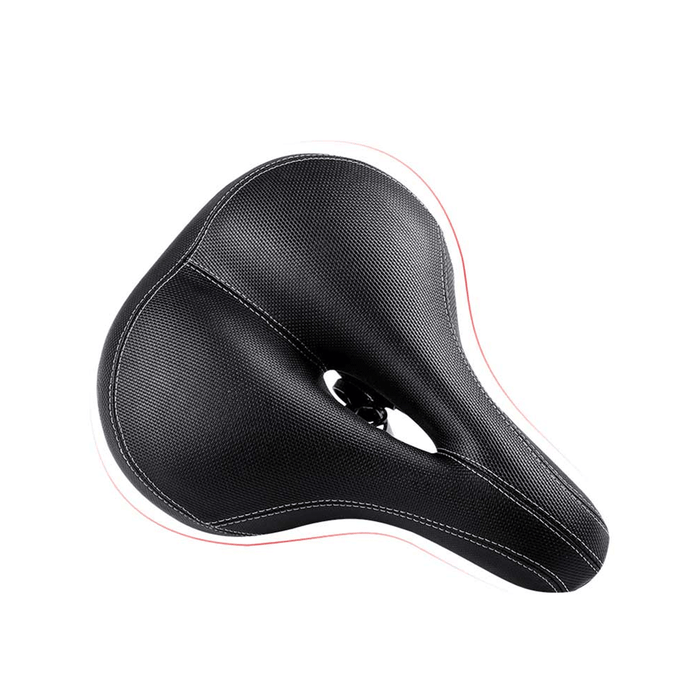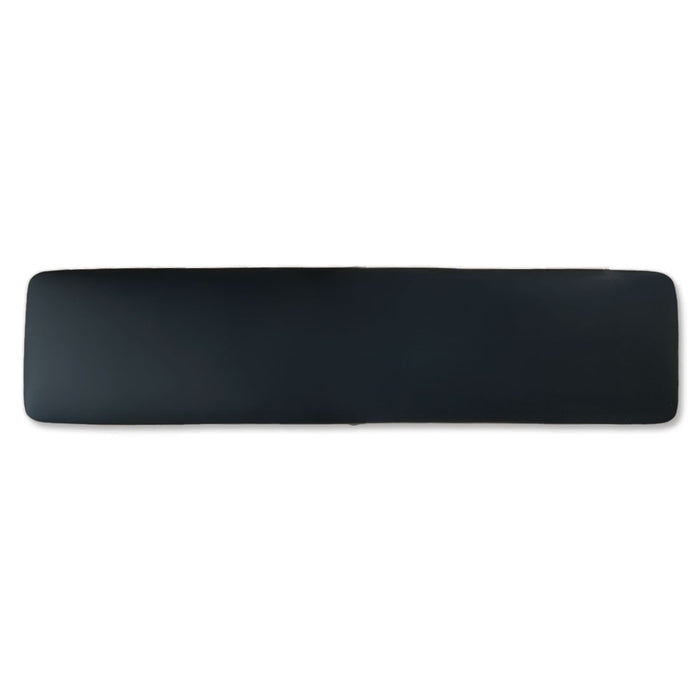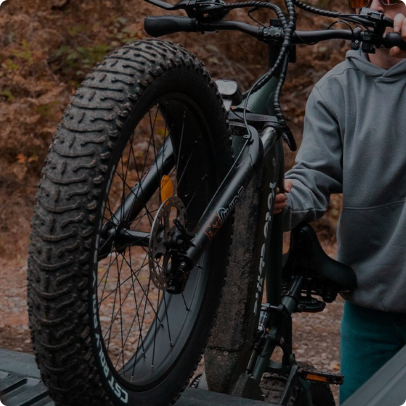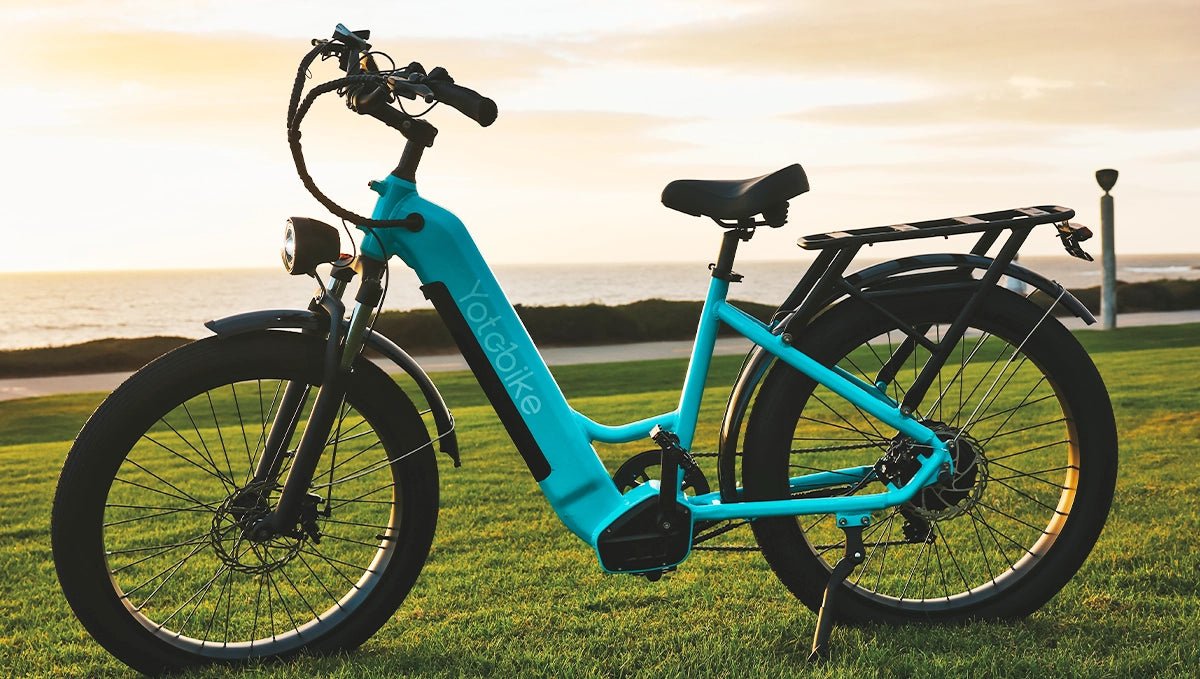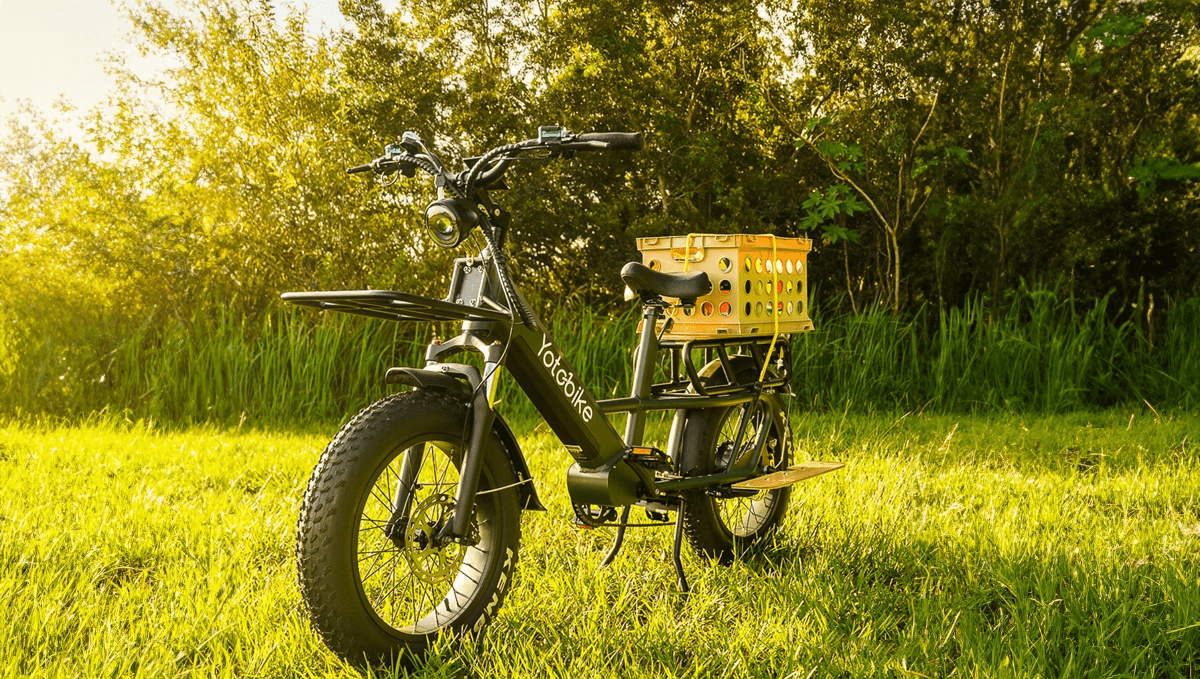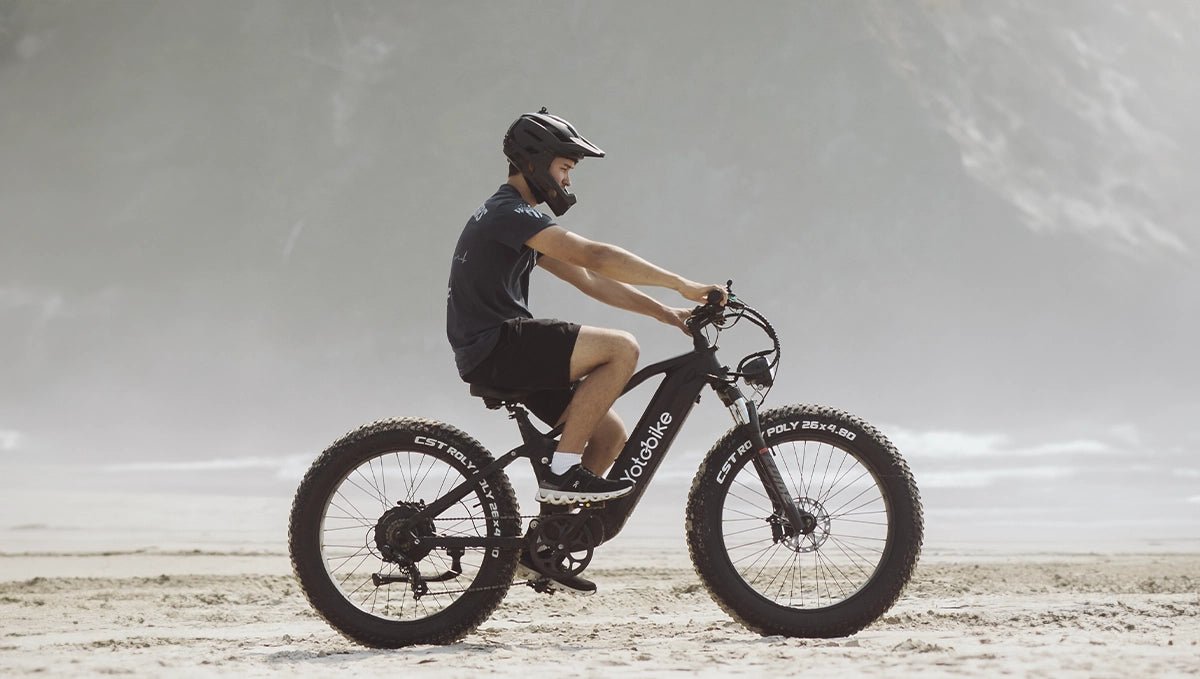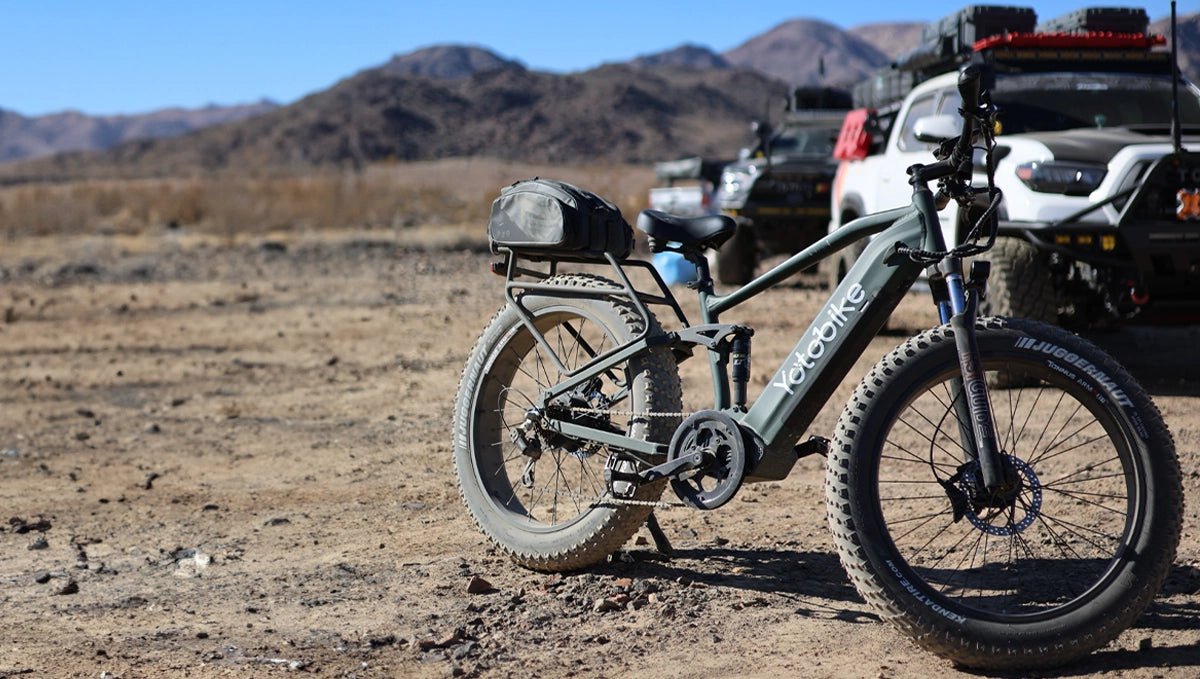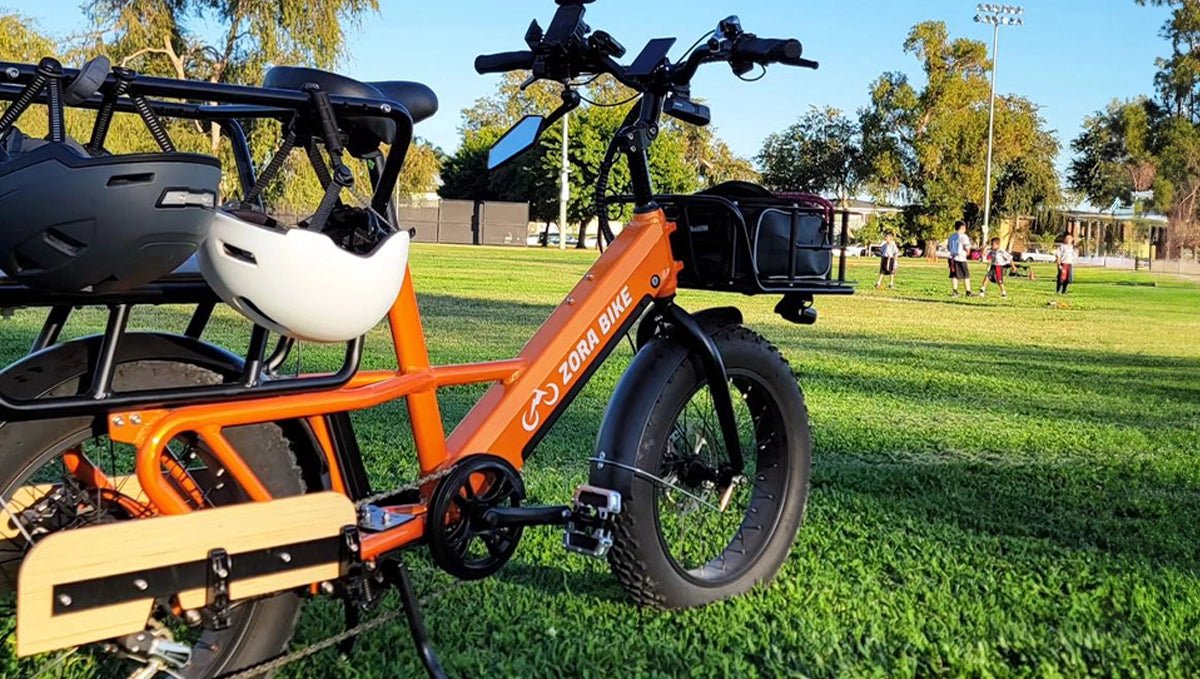
Electric bikes are revolutionizing the way we experience cycling, combining the thrill of traditional biking with modern technology. As more people turn to e-bikes for commuting or recreation, they often wonder about the relationship between pedaling and motor assistance.
Can you pedal an electric bike?
This question opens the door to a deeper understanding of how e-bikes function and what makes them so appealing to cyclists of all levels. In this article, we'll dive into everything you need to know about the pedaling experience on an electric bike.

How Electric Bikes Work with Pedals
An electric bike is built similarly to a regular bike but includes several electronic components that make it more versatile. The most notable additions are the motor, battery, and sensors, which enhance your riding experience. Despite these features, you can pedal an e-bike which is great for conserving battery life or if your battery runs out during a ride.
An ebike’s motor is either mounted on the rear wheel (hub motor) or near the pedals (mid-drive motor). It assists your pedaling by providing a boost when needed. The motor is usually engaged by a pedal-assist system (PAS), which uses a sensor to activate the motor when you pedal. This system also turns off the motor when you stop pedaling, helping conserve battery life.
Can You Ride an E-Bike Like a Regular Bike?
Yes, you can ride an e-bike just like a regular bike. Many e-bikes allow you to turn off the motor, relying entirely on pedaling power. However, keep in mind that e-bikes are heavier due to the motor and battery, which can make pedaling without assistance a bit more challenging—especially on hills or long rides. On flat terrain or for shorter trips, though, it's usually manageable.
This leads to another common question: Can a child ride an electric bike? The answer depends on factors like the child’s age, the local regulations, and the type of e-bike.
Some e-bikes are specifically designed for younger riders, but it’s crucial to ensure the child can handle the weight and speed safely. Additionally, most regions have legal age requirements for riding e-bikes, so it’s important to check your local laws before allowing a child to ride.
If you’re looking for a workout, riding an e-bike without the motor can give you that extra challenge. For casual cyclists or those seeking a more traditional riding experience, turning off the motor and pedaling manually works well.
Comparing Pedaling Components: Electric vs. Normal Bikes
When evaluating e-bikes and traditional bikes, their pedaling components play a crucial role in determining the riding experience.
E-bikes are equipped with electric motors, typically hub motors in the rear wheel or mid-drive motors near the pedals. The mid-drive motors offer better gear control. Pedal assist, triggered by a cadence sensor, provides additional power when you pedal, making it easier to ride.
Traditional or normal bikes rely solely on human power. They use a simpler drivetrain system, including pedals, a crankset, and a cassette, to propel the bike. The absence of a motor and battery means a lighter, more agile bike. Traditional bikes come with either rim brakes or road disc brakes, requiring regular maintenance but no concerns about electrical components.
Pedal-Assist vs. Throttle Mode: What’s the Difference?
E-bikes typically offer two types of motorized assistance: pedal-assist (PAS) and throttle mode.
In Pedal-Assist Mode (PAS) mode, the motor only provides assistance when you pedal. The amount of help depends on the level you set, with some e-bikes offering multiple levels. This mode helps you conserve energy while still engaging in physical activity.
Throttle mode lets you engage the motor without pedaling. By twisting the throttle, you can propel the bike forward using just the motor’s power. This mode is convenient for short bursts of speed or taking a break from pedaling. However, the throttle mode drains the battery faster.
Choosing between pedal-assist and throttle depends on your riding needs. If you prefer more control and a workout, pedal assist is ideal. Throttle mode is great for quick boosts or rest during longer rides.
The Benefits of Pedaling an Electric Bike

Pedaling an electric bike offers several benefits, even when using motor assistance:
1. Fitness
While the motor provides a boost, pedaling still engages your muscles and burns calories. E-bikes offer a low-impact workout, especially with lower levels of pedal-assist.
2. Battery Conservation
The more you pedal, the less you rely on the motor, conserving battery life and allowing you to travel longer distances.
3. Control
Pedaling gives you greater control over your speed and maneuverability, especially in traffic or on busy roads.
4. Eco-Friendly
While e-bikes use electricity, pedaling reduces your reliance on battery power, making your ride more environmentally friendly.
You can enjoy all these benefits with an electric bike from Yotobike. Yotobike electric bikes offer great pedal-assist options, helping you stay active while conserving battery life.
Pedaling and Regenerative Braking: Can You Recharge the Battery?
Some e-bikes feature regenerative braking, a system that captures the energy generated during braking and converts it back into battery power. However, the energy recovered is minimal and doesn’t significantly recharge the battery.
Regenerative braking is more effective in electric vehicles like cars due to their higher speeds. In an electric bike, the slower speeds and lighter weight limit its effectiveness. While it can slightly extend your ride, it’s not a reliable way to recharge the battery.
Most riders rely on plugging their e-bike into a standard outlet to fully recharge the battery. Regenerative braking is an added feature, but not a primary method of charging.
Conclusion
In conclusion, electric bikes offer a versatile and enjoyable riding experience, blending the benefits of traditional cycling with the power of modern technology. Whether you're looking for a boost on steep hills or prefer to pedal under your own strength, e-bikes provide the flexibility to suit your needs.
So, can you pedal an electric bike? Absolutely. The choice to rely on pedal power, motor assistance, or a mix of both is what makes e-bikes such a dynamic option for riders of all skill levels. Whatever your preference, an electric bike can enhance your journey, no matter the terrain or distance.
FAQs
How fast can you pedal an electric bike?
You can pedal an electric bike as fast as your legs allow, but with motor assistance, most e-bikes are limited to 20-28 mph depending on the model. After reaching this speed, the motor stops helping, and any extra speed will depend entirely on your pedaling effort.
Can a child ride an electric bike?
Yes, a child can ride an electric bike, but it's important to choose a model designed for their size and strength. Always check local laws, as some areas have age restrictions for e-bike riders. Proper safety gear, like a helmet, is essential, and supervision is recommended for younger riders.
Can you go uphill on an electric bike without pedaling?
Yes, if your e-bike has a throttle mode, you can go uphill without pedaling, relying entirely on the motor. However, for steeper hills, it’s often more efficient to use pedal-assist, which combines motor power and your pedaling to climb smoothly without draining the battery too quickly.
